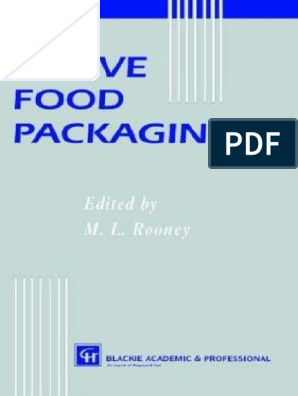100% found this document useful (1 vote)
546 views114 pagesPackaging
The document summarizes the evolution of packaging from primitive containers made of natural materials to modern packaging innovations driven by industrialization, consumerism, and technology. Key developments include the rise of glass, metal, and paper packaging in the 1800s; dual-use tobacco tins and flour sacks in the 1860-1880s; branded packaging and Coca-Cola's distinctive bottle shape in the 1890s-1910s; self-service grocery stores in the 1920s; TV dinners and blister packs in the 1950s-1960s; barcodes and digital printing in the 1980s-2000s; and smartphones influencing online shopping in the 2000s. The document also defines primary, secondary, and tertiary packaging.
Uploaded by
Mary Grace AlmiranezCopyright
© © All Rights Reserved
We take content rights seriously. If you suspect this is your content, claim it here.
Available Formats
Download as PPTX, PDF, TXT or read online on Scribd
100% found this document useful (1 vote)
546 views114 pagesPackaging
The document summarizes the evolution of packaging from primitive containers made of natural materials to modern packaging innovations driven by industrialization, consumerism, and technology. Key developments include the rise of glass, metal, and paper packaging in the 1800s; dual-use tobacco tins and flour sacks in the 1860-1880s; branded packaging and Coca-Cola's distinctive bottle shape in the 1890s-1910s; self-service grocery stores in the 1920s; TV dinners and blister packs in the 1950s-1960s; barcodes and digital printing in the 1980s-2000s; and smartphones influencing online shopping in the 2000s. The document also defines primary, secondary, and tertiary packaging.
Uploaded by
Mary Grace AlmiranezCopyright
© © All Rights Reserved
We take content rights seriously. If you suspect this is your content, claim it here.
Available Formats
Download as PPTX, PDF, TXT or read online on Scribd
/ 114

























































































